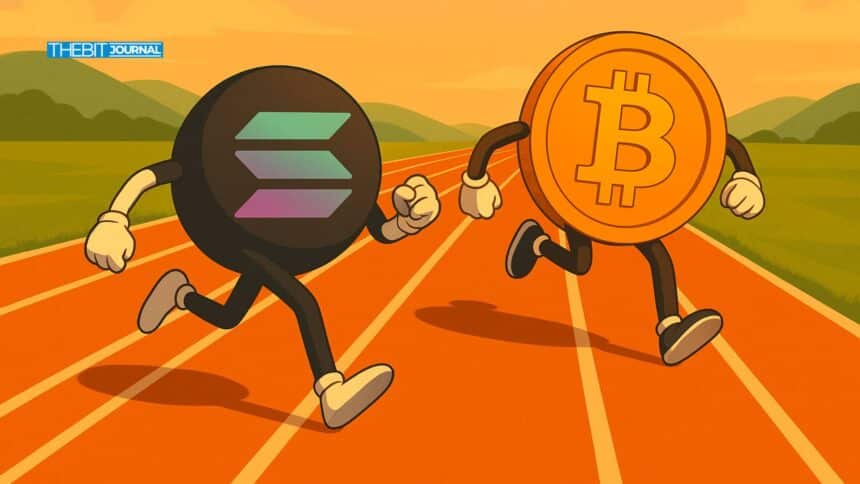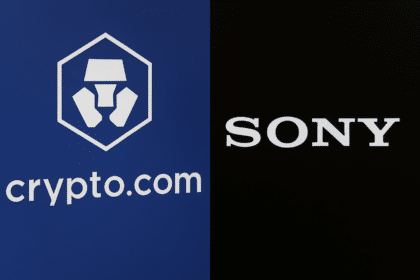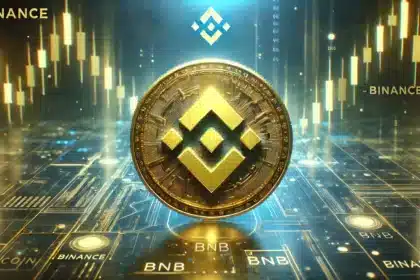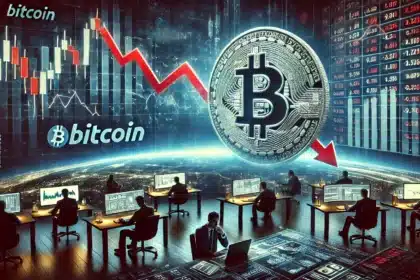Investors and enthusiasts continually seek insights into which digital assets offer the most promising returns. Recent analyses have spotlighted Solana (SOL) as a contender with the potential to outshine Bitcoin (BTC) in the coming months. This article delves into the factors fueling this perspective, comparing the two cryptocurrencies’ performances, technological advancements, and market projections.
The Case for Solana’s Ascending Potential
Mert Mumtaz, founder of Helius Labs, a platform dedicated to Solana development, posits that SOL could yield higher returns than BTC over the next year. He emphasizes Solana’s robust developer community and forthcoming network enhancements, including increased blockspace and the introduction of new validator clients. These improvements are anticipated to bolster Solana’s scalability and efficiency, potentially enhancing its market position.
Echoing this sentiment, Kyle Samani of MultiCoin Capital asserts that Solana’s superior latency, throughput, and transaction costs position it favorably against both Bitcoin and Ethereum. He suggests that Solana’s technological edge could drive its adoption in decentralized finance (DeFi) and payment sectors, potentially elevating its market capitalization significantly. 
Current Market Performance: A Comparative Snapshot
As of April 8, 2025, Bitcoin is trading at approximately $78,908.51, while Solana’s price hovers around $108.59. In the first quarter of 2025, Bitcoin outperformed Solana by over 50%, reflecting its dominant market presence.
Bitcoin and Solana Price Comparison:
| Cryptocurrency | Price (USD) | Q1 2025 Performance |
|---|---|---|
| Bitcoin (BTC) | $78,908.51 | +50% |
| Solana (SOL) | $108.59 | Underperformed BTC |
Despite Bitcoin’s recent dominance, Solana’s proponents argue that its technological advancements could catalyze a shift in this dynamic.
Technological Innovations: Solana’s Edge?
Solana’s architecture is designed to address some of the scalability issues that have plagued earlier blockchains. Utilizing a combination of Proof of History (PoH) and Proof of Stake (PoS) consensus mechanisms, Solana achieves higher transaction speeds and lower costs. The network is capable of processing up to 65,000 transactions per second, significantly outpacing Bitcoin’s capacity of approximately seven transactions per second.

Furthermore, Solana’s upcoming network enhancements, such as increased blockspace and new validator clients, are expected to further improve its performance and reliability. These developments could make Solana more attractive to developers and users, potentially driving greater adoption.
Market Sentiment and Future Projections
Market sentiment, however, presents a more cautious outlook. Predictions from Polymarket indicate only a 17% chance of Solana reaching a new all-time high before 2026, whereas expectations for Bitcoin are more optimistic, with many anticipating it to reclaim its previous highs within the same timeframe.
Future Price Projections:
| Cryptocurrency | 2025 Price Prediction (USD) |
|---|---|
| Bitcoin (BTC) | $79,379.34 |
| Solana (SOL) | $108.10 |
These projections suggest modest growth for both cryptocurrencies, with Bitcoin maintaining a higher valuation.
Conclusion: Weighing the Prospects
While Solana’s technological advancements and developer engagement present a compelling case for its potential growth, Bitcoin’s established market dominance and broader recognition continue to position it as a formidable player in the cryptocurrency space. Investors should consider both the innovative prospects of emerging platforms like Solana and the stability offered by established assets like Bitcoin. As always, thorough research and risk assessment are crucial when navigating the volatile cryptocurrency market.
Frequently Asked Questions (FAQs):
Q1: What are the main differences between Solana and Bitcoin?
A1: Solana utilizes Proof of History (PoH) and Proof of Stake (PoS) consensus mechanisms, enabling higher transaction speeds and lower fees. Bitcoin operates on a Proof of Work (PoW) system, resulting in slower transaction times and higher energy consumption.
Q2: Why do some analysts believe Solana could outperform Bitcoin?
A2: Analysts point to Solana’s scalable architecture, lower transaction costs, and active developer community as factors that could drive its adoption and market value higher than Bitcoin’s.
Q3: What are the risks associated with investing in Solana compared to Bitcoin?
A3: Solana, being a newer platform, may face challenges related to network stability and adoption. Bitcoin, while more established, is not immune to market volatility and regulatory scrutiny.
Q4: How do transaction speeds compare between Solana and Bitcoin?
A4: Solana can process up to 65,000 transactions per second, whereas Bitcoin handles approximately seven transactions per second.
Glossary of Terms:
Proof of History (PoH): A consensus mechanism used by Solana to create a historical record that proves an event has occurred at a specific moment in time.
Proof of Stake (PoS): A consensus mechanism where validators are chosen based on the number of coins they hold and are willing to “stake” as collateral.
Consensus Mechanism: A protocol used in blockchain networks to achieve agreement on a single data value among distributed processes or systems.
Throughput: The number of transactions a network can process in a given period.




























